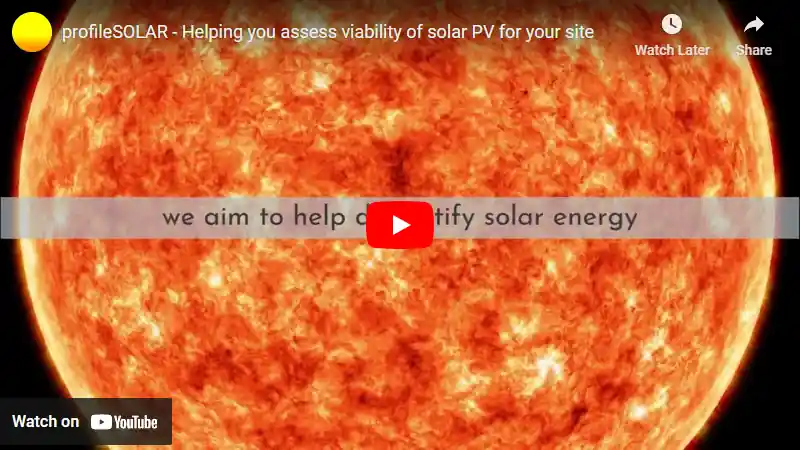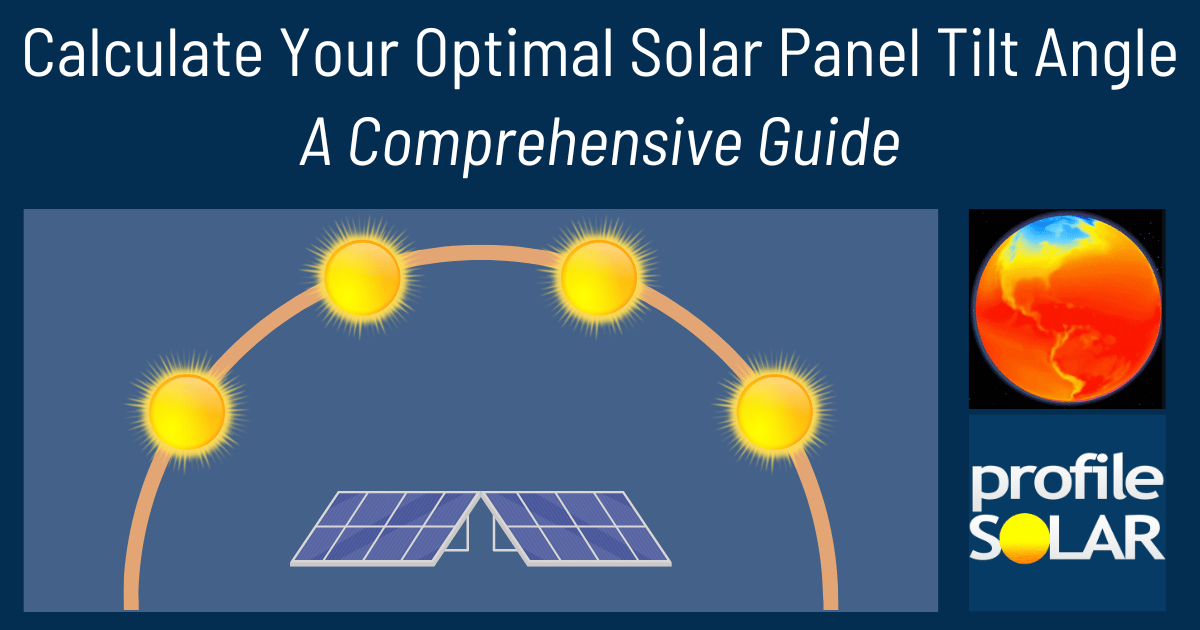

Ballina, New South Wales, Australia is a pretty good spot for generating energy through solar power all year round. The amount of energy you can get from the sun varies throughout the year - it's highest in summer (6.80 kilowatt-hours per day) and lowest in winter (3.93 kilowatt-hours per day). But even in winter, you're still getting a decent amount of energy. If you're looking to make the most out of your solar panels, spring and summer would be the ideal times as these seasons offer more sunlight.
If you're installing fixed solar panels here, tilting them at an angle of 26 degrees facing north would give you maximum sunlight exposure throughout the year.
However, there are some factors that could potentially hinder your solar production. For instance, Ballina is located near the coast which means it could be subject to salty sea air which may cause corrosion over time on unprotected surfaces or components. Regular maintenance and using equipment designed for such conditions can help mitigate this issue.
Also consider that Ballina is known for its heavy rainfall during certain periods of the year; this could limit sun exposure on cloudy or rainy days and therefore reduce potential solar output during those times.
Additionally, local topography might play a part - if there are hills or tall buildings casting shadows over your panels at certain times of day or year then this would reduce output too.
To ensure greater energy production despite these challenges:
1) Regularly clean and maintain your panels.
2) Install them in an area with minimal shading from nearby structures or landscape features.
3) Consider using equipment specifically designed to withstand coastal weather conditions if applicable.
4) Monitor weather patterns closely so that any potential issues caused by heavy rainfalls can be addressed promptly.
5) Lastly, ensure accurate installation angle to maximize sunlight capture all-year-round.
Note: The Southern Sub Tropics extend from -23.5° latitude South down to -35° latitude.
So far, we have conducted calculations to evaluate the solar photovoltaic (PV) potential in 392 locations across Australia. This analysis provides insights into each city/location's potential for harnessing solar energy through PV installations.
Link: Solar PV potential in Australia by location
Become the exclusive sponsor for Ballina, Australia!
Solar output per kW of installed solar PV by season in Ballina
Seasonal solar PV output for Latitude: -28.8627985, Longitude: 153.5658162 (Ballina, Australia), based on our analysis of 8760 hourly intervals of solar and meteorological data (one whole year) retrieved for that set of coordinates/location from NASA POWER (The Prediction of Worldwide Energy Resources) API:




Ideally tilt fixed solar panels 26° North in Ballina, Australia
To maximize your solar PV system's energy output in Ballina, Australia (Lat/Long -28.8627985, 153.5658162) throughout the year, you should tilt your panels at an angle of 26° North for fixed panel installations.
As the Earth revolves around the Sun each year, the maximum angle of elevation of the Sun varies by +/- 23.45 degrees from its equinox elevation angle for a particular latitude. Finding the exact optimal angle to maximise solar PV production throughout the year can be challenging, but with careful consideration of historical solar energy and meteorological data for a certain location, it can be done precisely.
We use our own calculation, which incorporates NASA solar and meteorological data for the exact Lat/Long coordinates, to determine the ideal tilt angle of a solar panel that will yield maximum annual solar output. We calculate the optimal angle for each day of the year, taking into account its contribution to the yearly total PV potential at that specific location.

Seasonally adjusted solar panel tilt angles for Ballina, Australia
If you can adjust the tilt angle of your solar PV panels, please refer to the seasonal tilt angles below for optimal solar energy production in Ballina, Australia. As mentioned earlier, for fixed-panel solar PV installations, it is optimal to maintain a 26° North tilt angle throughout the year.
| Overall Best Summer Angle | Overall Best Autumn Angle | Overall Best Winter Angle | Overall Best Spring Angle |
|---|---|---|---|
| 13° North in Summer | 35° North in Autumn | 44° North in Winter | 23° North in Spring |
Our recommendations take into account more than just latitude and Earth's position in its elliptical orbit around the Sun. We also incorporate historical solar and meteorological data from NASA's Prediction of Worldwide Energy Resources (POWER) API to assign a weight to each ideal angle for each day based on its historical contribution to overall solar PV potential during a specific season.
This approach allows us to provide much more accurate recommendations than relying solely on latitude, as it considers unique weather conditions in different locations sharing the same latitude worldwide.
Topography for solar PV around Ballina, Australia
Ballina, Australia is located in the Northern Rivers region of New South Wales. The topography of this area is characterized by a coastal setting, with flat plains leading up to rolling hills and low mountain ranges. There are many rivers and creeks that flow through the region as well.
The climate in Ballina is subtropical, with warm summers and mild winters. This makes it an ideal location for solar PV installations due to the high amount of sunlight received throughout the year.
In terms of specific areas suited for large-scale solar PV installations, flat open spaces would be most suitable as they provide maximum exposure to sunlight and ease of installation. These could include areas like agricultural fields or unused land plots.
Additionally, rooftops on large commercial buildings or warehouses could also be considered for solar panel installation due to their large surface area and minimal obstructions.
However, it's important to note that any potential site would need a thorough assessment considering factors such as land use restrictions, proximity to power grids (for energy transmission), environmental impact assessments among others before proceeding with a solar PV project.
Australia solar PV Stats as a country
Australia ranks 7th in the world for cumulative solar PV capacity, with 19,076 total MW's of solar PV installed. This means that 10.70% of Australia's total energy as a country comes from solar PV (that's 2nd in the world). Each year Australia is generating 742 Watts from solar PV per capita (Australia ranks 2nd in the world for solar PV Watts generated per capita). [source]
Are there incentives for businesses to install solar in Australia?
Yes, there are a variety of incentives available in Australia to businesses wanting to install solar energy. These include:
1. Renewable Energy Target (RET): The RET provides businesses with financial assistance for installing and operating renewable energy systems such as solar panels. Businesses may be eligible to receive certificates that can be sold or traded on the open market for additional income.
2. Feed-in Tariffs: Some states offer feed-in tariffs which pay businesses for generating and exporting excess electricity from their solar panel system back into the grid during peak demand periods.
3. Solar Credits: The Solar Credits program provides households and small business owners with an upfront discount when purchasing a new solar system, based on the amount of renewable energy generated by the system over its lifetime.
4. Tax Breaks: Small business owners may be able to claim tax deductions on certain expenses associated with installing a solar power system, including installation costs, maintenance expenses and interest payments related to financing arrangements taken out specifically for this purpose.
Do you have more up to date information than this on incentives towards solar PV projects in Australia? Please reach out to us and help us keep this information current. Thanks!
Feeling generous?

Share this with your friends!


Compare this location to others worldwide for solar PV potential
The solar PV analyses available on our website, including this one, are offered as a free service to the global community. Our aim is to provide education and aid informed decision-making regarding solar PV installations.
However, please note that these analyses are general guidance and may not meet specific project requirements. For in-depth, tailored forecasts and analysis crucial for feasibility studies or when pursuing maximum ROI from your solar projects, feel free to contact us; we offer comprehensive consulting services expressly for this purpose.
Helping you assess viability of solar PV for your site
Calculate Your Optimal Solar Panel Tilt Angle: A Comprehensive Guide
Enhance your solar panel's performance with our in-depth guide. Determine the best tilt angle using hard data, debunk common misunderstandings, and gain insight into how your specific location affects solar energy production.

.svg)





